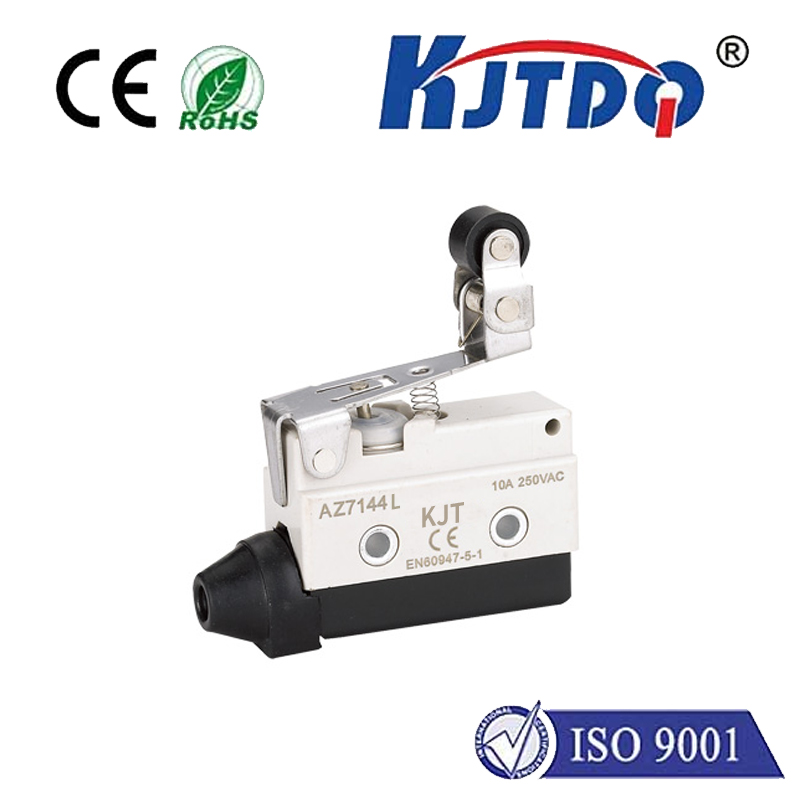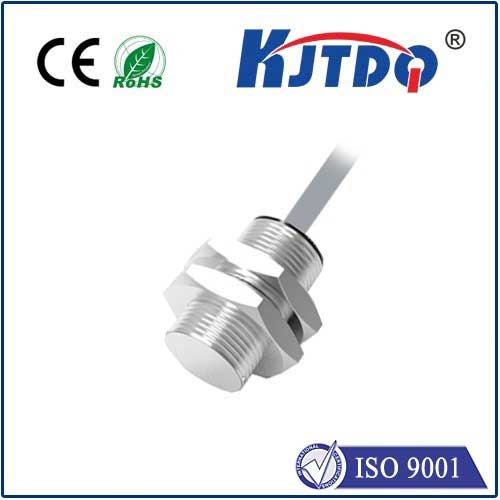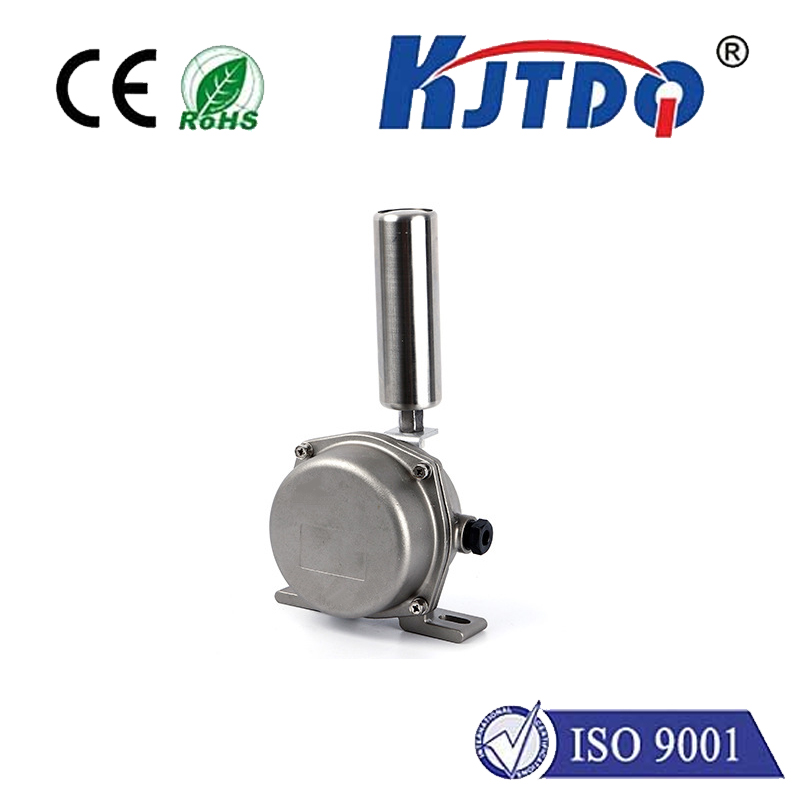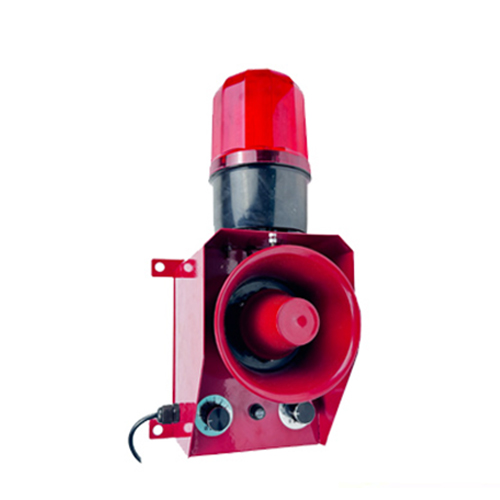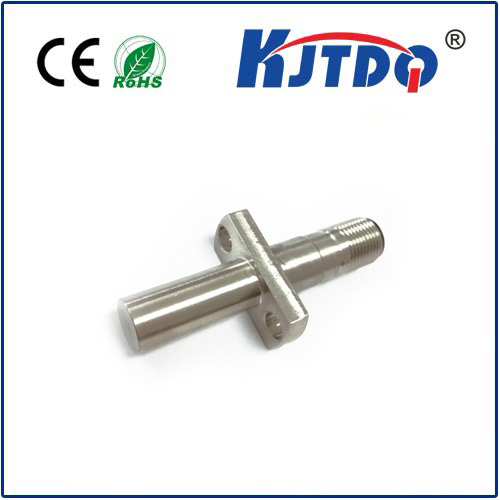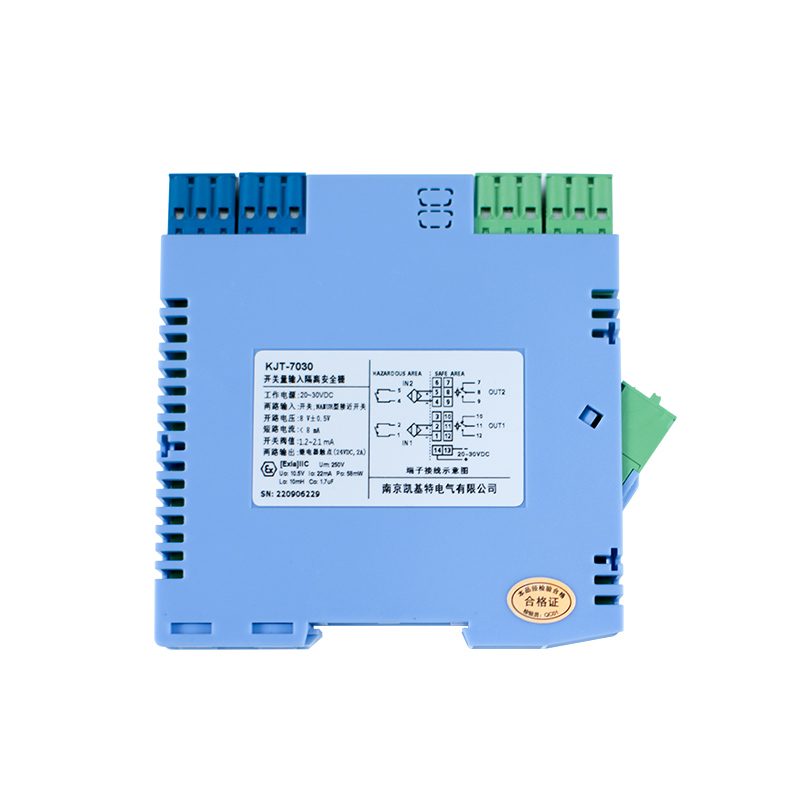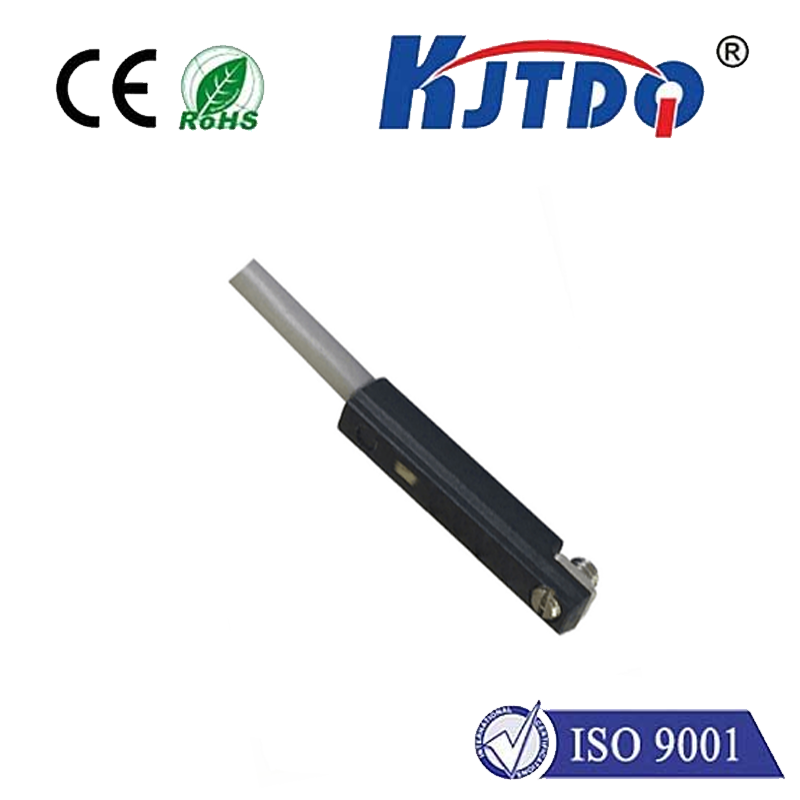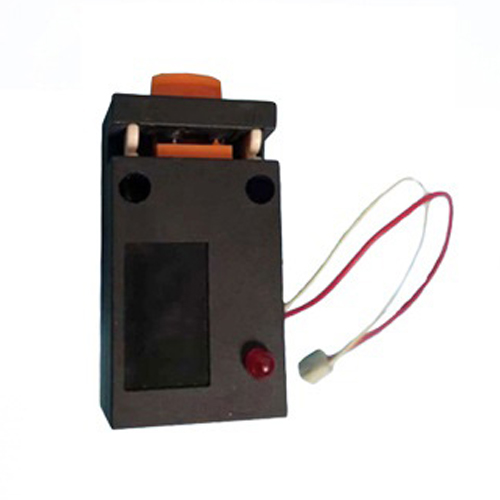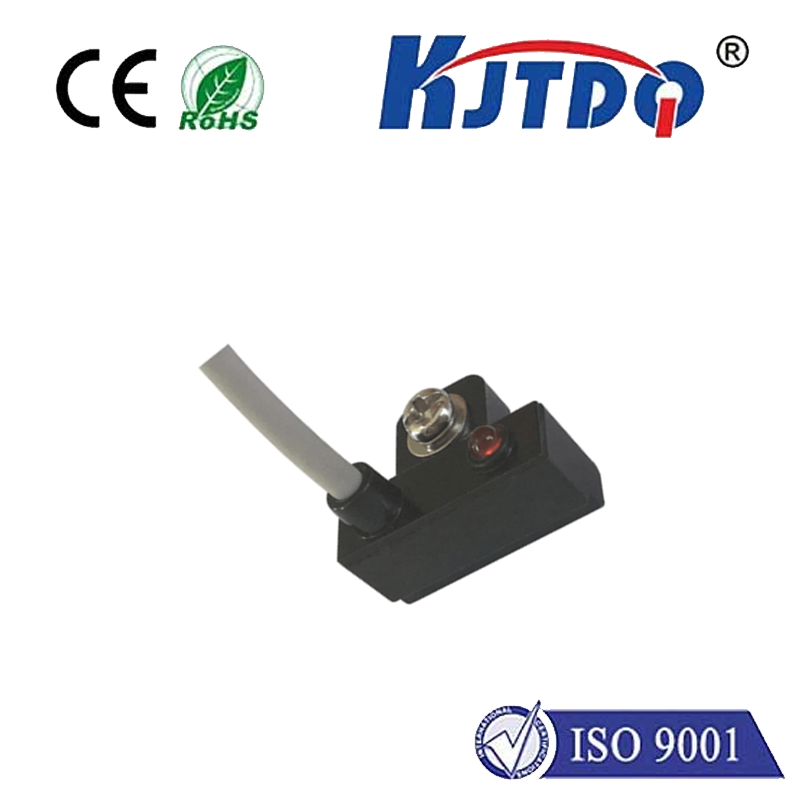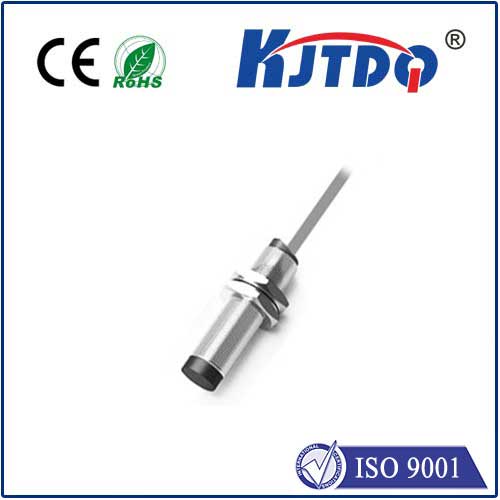

check

check

check

check

check

check

check

check

check

check
In today's increasingly digital world, the use of sensors has become ubiquitous. One type of sensor that is widely used in electronic devices is the NPN proximity sensor. These sensors are non-inverting logic (NPL) sensors that detect a change in voltage when a object is placed in close proximity to them. In this article, we will explore how NPN proximity sensors work, their application in various electronic devices, and the importance of understanding their function.
The working principle of an NPN proximitysensor involves the use of a phototransistor. When a light or electrical current is emitted onto the sensor, it creates a small magnetic field around it. If an object comes into contact with the sensor, it causes a change in the electrical signal generated by the phototransistor. This change in signal is then amplified and converted into a voltage proportional to the distance between the object and the sensor. The sensor's sensitivity and accuracy depend on factors such as the materials used for its construction, the wavelength of light emitted, and the distance between the object and the sensor.
One of the most common applications of NPN proximity sensors is in proximity switches. These switches are used to control the flow of electricity in circuits when an object is placed in close proximity to them. They are commonly used in automotive systems, security systems, and industrial automation. Another application is in touchless door controllers, where the sensor detects when an object comes into contact with it and sends a signal to the controller to activate or deactivate the door lock or lighting.
In addition to these practical uses, NPN proximity sensors have also found their way into consumer electronics such as remote controls, game consoles, and even fitness trackers. By detecting changes in body position or proximity, these sensors can be used to control various functions like playing a game, turning on music, or tracking steps during exercise.
Understanding how NPN proximity sensors work is crucial for engineers and technicians who design and maintain electronic devices. It allows them to choose the right sensor for a particular application and ensure optimal performance from the device. Moreover, it helps users make informed decisions about which electronic devices they want to purchase based on their specific needs and requirements.
In conclusion, NPN proximity sensors have become an integral part of modern electronic devices due to their versatility and reliability. With their ability to detect changes in proximity, they offer numerous practical applications across various industries. As technology continues to evolve, it is likely that we will see more innovative uses for these sensors in new and exciting ways.
